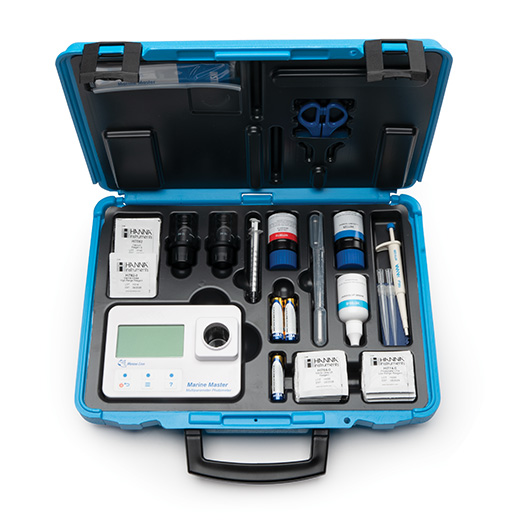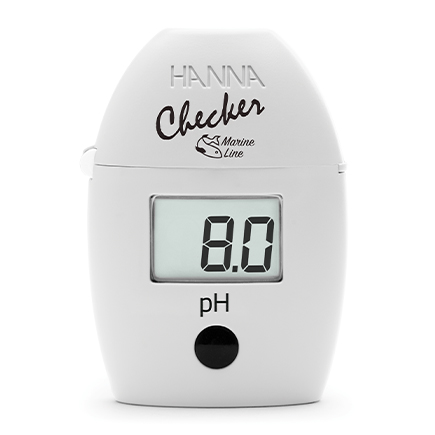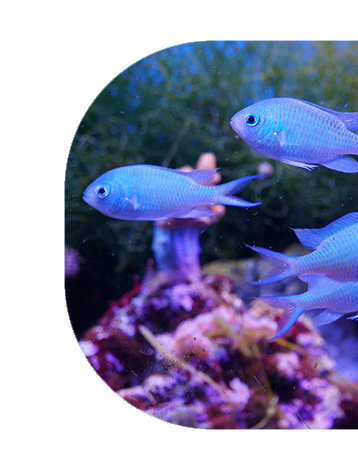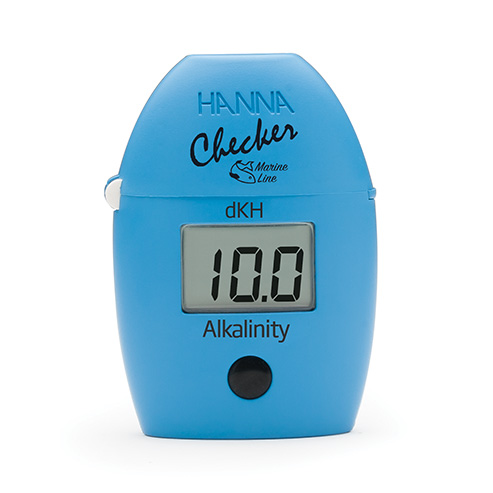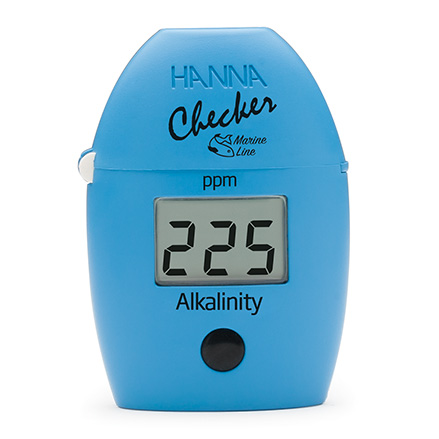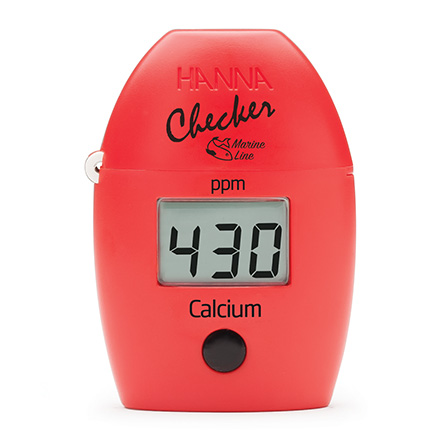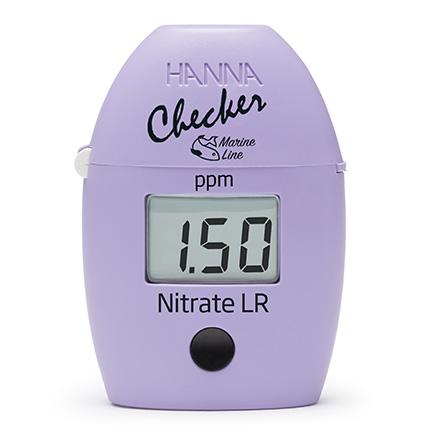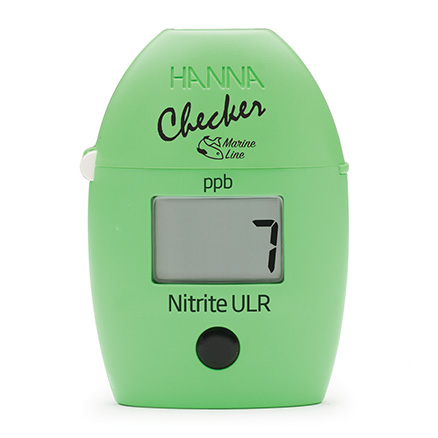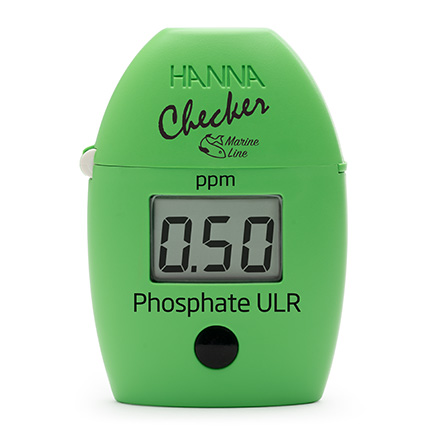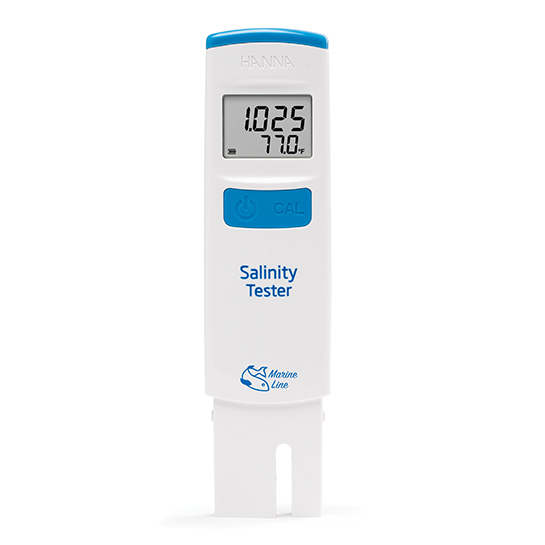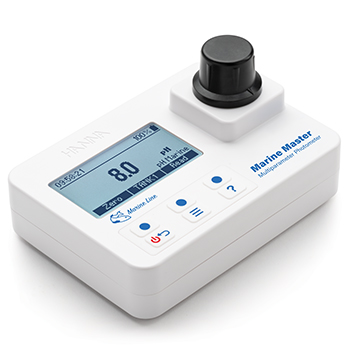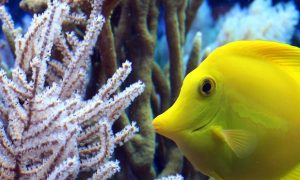The practice of creating realistic nature aquariums is known as aquascaping. Not only does aquascaping utilize nature and artistic composition but also science, biology, and water chemistry. This profound relationship between nature, artistic design, and science mesh to form beautiful aquatic landscapes perfect for any home.

Two main categories are
- Freshwater aquariums
- Saltwater aquariums
which often become imitations of ocean environments.
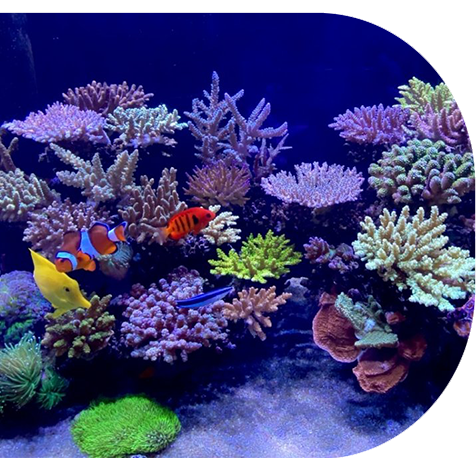
The more artistic types of aquariums use natural elements to create an aquatic landscape. In the absence of artificial decorations, these natural aquariums look to our environment as a source of inspiration. Whether it’s an underwater Amazon jungle, Japanese-style “Iwagumi” rock formations or a tropical coral reef, owning a living work of art in your home has never been easier and more exciting!

Keeping your aquarium pH stable and in optimal ranges reduces stress on your fish, helping them resist disease and tolerate other stressors.
Testers that
Fit in your Pocket
Turn Your Phone Into A
Professional pH Meter
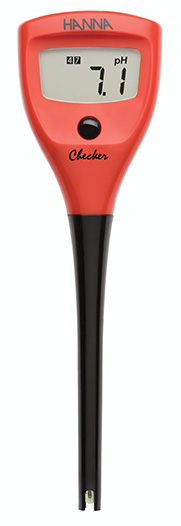
HI98103
pH Tester with 0.1 pH
Resolution Checker®
Take accurate and reliable measurements with our portable testers that go where you go.
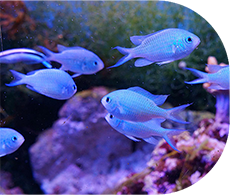
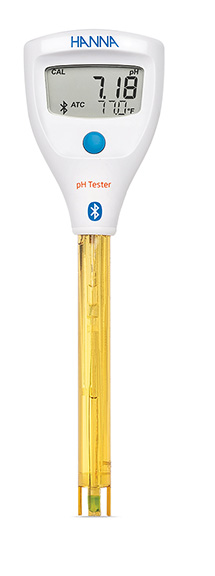
HI9810422
HALO2 Wireless
pH Tester for Field
Laboratory grade pH measurements are simple and convenient with a Bluetooth®5.0 Wireless Tester paired with your Apple or Android Device.
- Open-source Bluetooth allows easy integration into current data logging systems
- IP65 water-resistant protection
- Equipped with everything you need for successful testing right out of the box
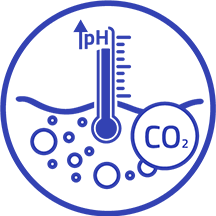
Alkalinity is measured in degrees of carbonate hardness, commonly abbreviated as dKH. Critical to marine environments, alkalinity not only provides the carbonate ion required for calcium carbonate skeletal regeneration of coral reefs, but it also acts as a pH buffer against large changes in acidity. Designed as a more accurate alternative to chemical test kits, the HI772 provides quick, accurate results in a few easy steps.
Whether you are maintaining your main reef tank or trying to give your frag tank the proper calcium dosage, our Marine Line of Checkers makes testing your tank levels so much easier.

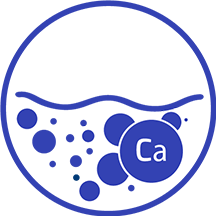
Required for the development of calcium carbonate skeletons of coral reefs, calcium is a crucial component of marine waters.
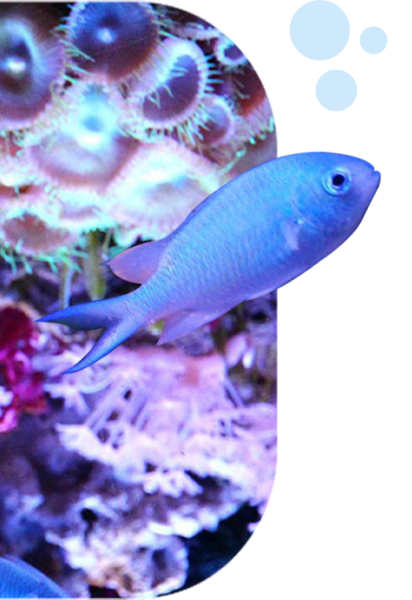

Nitrate is a by-product of the Nitrogen cycle. Excessive amounts of nitrates promote the growth of undesirable organisms including algae and dinoflagellates while insufficient amounts can lead to starvation in which SPS and other corals will show signs including the loss of color and paleness.

Nitrification is the biological oxidation of ammonia (ammonium ion) into nitrite followed by the oxidation of the nitrites to nitrates. The first step of this 2-step process is carried out by nitrifying bacteria. During this quick process, the ammonium levels drop while the nitrite levels increase. Since nitrite is just as harmful as ammonia, nitrite levels should be maintained at immeasurable levels. A mature biological filter should be able to keep nitrite levels low.
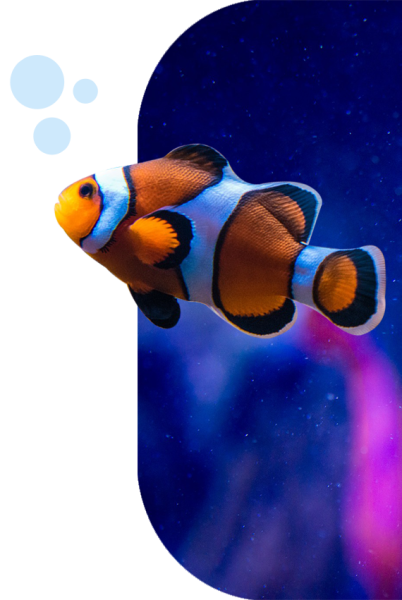

Testing for phosphates is standard practice for saltwater environment and provides valuable insight into your water chemistry to help ensure long-term coral health. Phosphates are one of the many forms of phosphorus compounds found in marine waters. Excessive phosphate levels can prevent calcification, skeletal formation, and growth of many coral species, particularly those referred to as SPS or small-polyp stony. In addition, high phosphate levels can cause nuisance algae growth. This can become problematic because algae often outcompetes sessile organisms for light, nutrients, and space, jeopardizing long term balance & health.
Meet our NEW Marine Checkers!
We’re excited to welcome not 1, but 2 NEW Checkers®
to our Marine Checker® family!
Introducing our Marine Magnesium Checker®
& Marine Ammonia Checker®
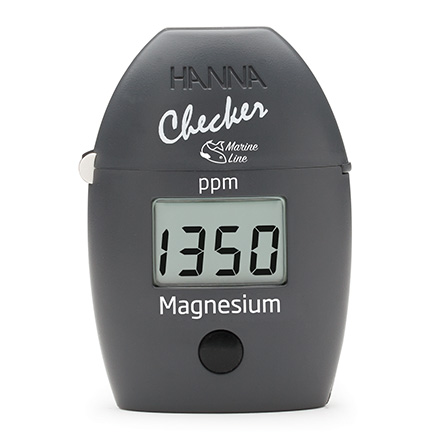
Designed to accurately and quickly determine the
magnesium level in marine (saltwater) samples.
HI783
Marine Magnesium
Checker® HC
Vital parameter in saltwater environments as it allows calcium and carbonate to be bioavailable for corals and invertebrates.

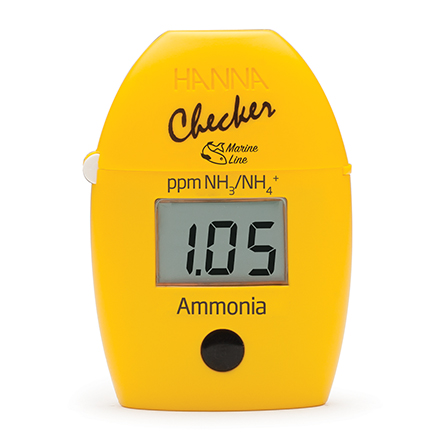
Designed to accurately and quickly determine the
ammonia level in marine (saltwater) samples.
HI784
Marine Ammonia
Checker® HC
Ammonia is naturally found as part of the nitrogen cycle of a tank as aquarium organisms produce it as waste. In a balanced tank, the majority of ammonia is consumed by bacteria and the nitrogen cycle continues. When out of balance, ammonia toxicity can wreak havoc on tank inhabitants. It is important to monitor ammonia levels to ensure they remain steady and low.
Take the guesswork out of your
salinity readings.
Monitoring the salinity of artificial seawater is crucial so as not to create saltwater with an improper salinity level, as it could stress marine life.
Salinity
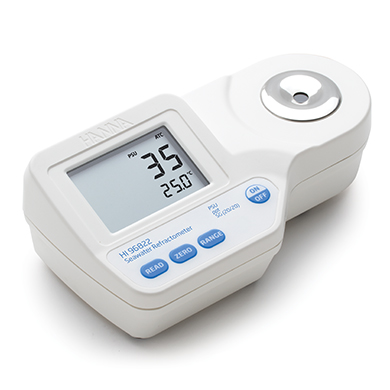
HI96822
Digital Refractometer
for Seawater Analysis
HI96822 offers a simple way to quantify the concentration of dissolved solids in your saltwater aquarium – a measurement that can influence the health of your fish. It only takes one device, a small sample, and two seconds to measure your salt water.
Advanced Tool for Aquarists
Do all of your essential measurements on one device!
HI97105
Marine Master Photometer
Waterproof Multiparameter Photometer
- pH
- Alkalinity
- Calcium
- Nitrate
- Nitrite
- Phosphate level
The HI97105 Marine Master Photometer combines accuracy and ease of use in a simple, portable design. The advanced optical system provides lab-quality accuracy while its user-friendly design makes it the perfect photometer for your water quality testing needs.
The HI97105 is designed to accurately determine pH, Alkalinity, Calcium, Nitrate, Nitrite, and Phosphate level in marine biology applications.
- No warm up time needed before taking a measurement.
- Tutorial mode for easy step-by-step instructions.
- CAL CheckTMfor performance verification and calibration.
*Each HI97105 is supplied with: Sample cuvettes(2 pcs.), Sample caps (2 pcs.)
Plastic stoppers (2 pcs.), Alkaline batteries: 1.5V AA (3 pcs.), Instruction manual & Meter quality certificate.
Upgrade to the Marine Master Photometer Kit (includes the CAL CheckTM Standards) for the most economical option for testing.
Each HI97105C is supplied with:
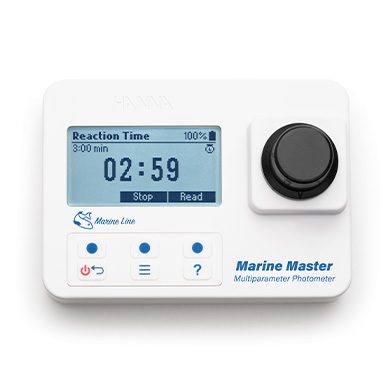
- Sample cuvette (2 pcs.)
- Sample cuvette cap (2 pcs.)
- Marine pH reagent, 30 mL dropper (1 pc.)
- Marine Alkalinity reagent, 30 mL (1 pc.)
- Marine Calcium reagent A, 30 mL (1 pc.)
- Marine Calcium reagent B starter kit (reagent for 25 tests)
- Marine Nitrate High Range starter kit (reagent for 25 tests)
- Marine Nitrite Ultra Low Range starter kit (reagent for 25 tests)
- Marine Phosphate Ultra Low Range starter kit (reagent for 25 tests)
- 1 mL graduated syringe with tip (2 pcs.)
- Minipipette with tip (1 pc.)
- 3 mL Pasteur pipette (2 pcs.)
- 1.5V AA Alkaline batteries (3 pcs.)
- Cloth for wiping cuvettes
- Scissors
- Instrument quality certificate
- Instruction manual
